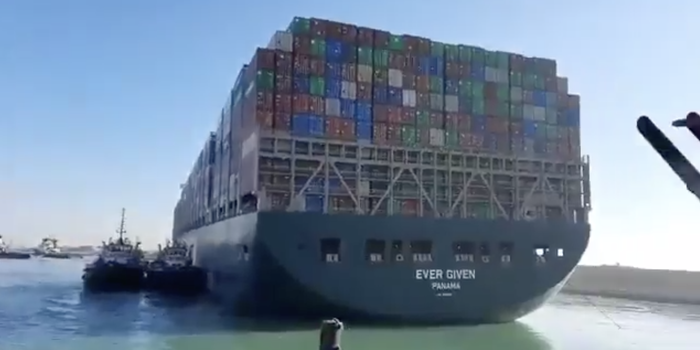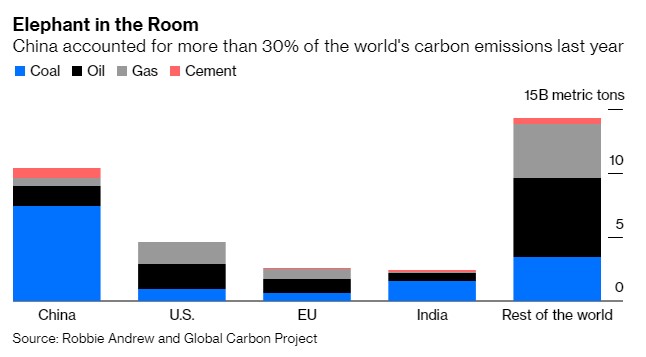
My spiciest infrastructure bill take is that the "clean energy R&D" funding is basically a subsidy for annoying nuclear obsessives on Twitter.
Nuclear has historically sucked up the lion's share of energy R&D (and still gets the biggest slice today) because it's very complex and basic science-y, done by white lab coats not blue collars etc.
iea.org/reports/energy…
iea.org/reports/energy…

The generous funding for nuclear research combined with its fairly fundamental economic weaknesses means that it's a top-heavy field, with huge expertise in "paper reactors" even while real-world technology is basically updated 1960s reactor designs.
IMO the most important trick for reducing zero-carbon power isn't R&D but Henry Ford's principle of "build an absolutely massive factory", and let economies of scale and incremental improvements in boring stuff like cutting solar panel glass engender huge cumulative advances.
FWIW the "small modular reactor" movement at least recognizes that these issues of cost and technological learning are crucial.
And we should keep existing nuclear plants running as long as possible, while continuing to build new ones to start operating in the 2030s as part of a path to zero-carbon power.
And I was getting bullish on nuclear-powered shipping just this week!
And I was getting bullish on nuclear-powered shipping just this week!
https://twitter.com/davidfickling/status/1376697870187962370?s=19
But IMO the amount of expertise on nuclear technology vastly outweighs its real-world application, and many of the solutions to decarbonization are much more humdrum incremental technological learning, rather than breakthrough science. (ends)
• • •
Missing some Tweet in this thread? You can try to
force a refresh










